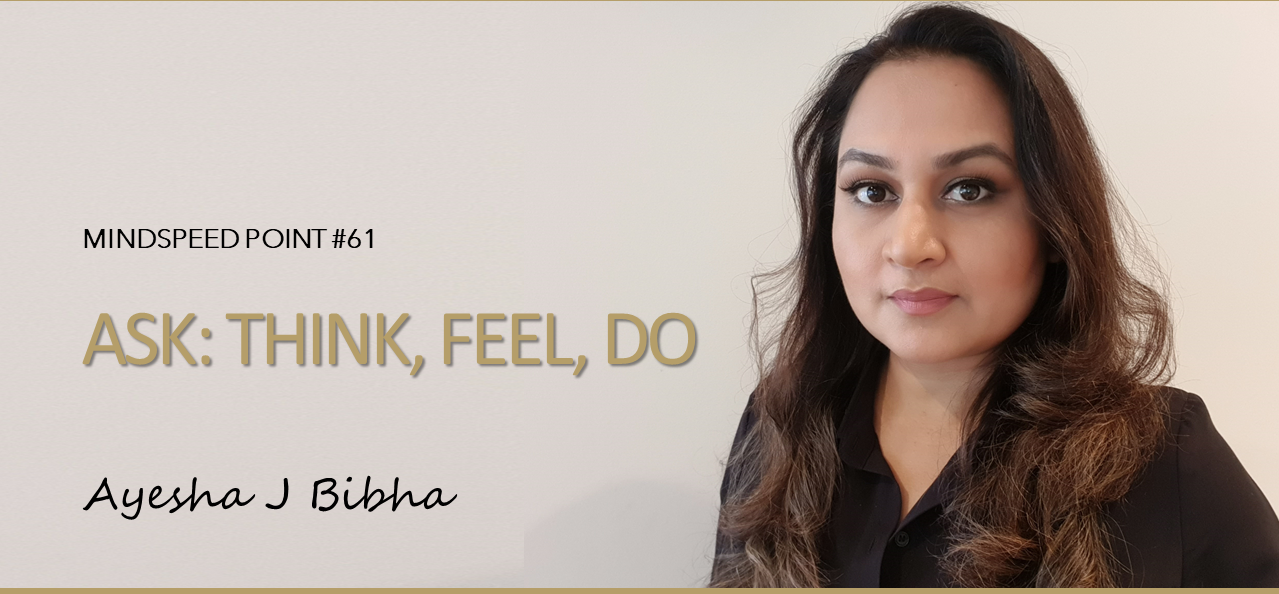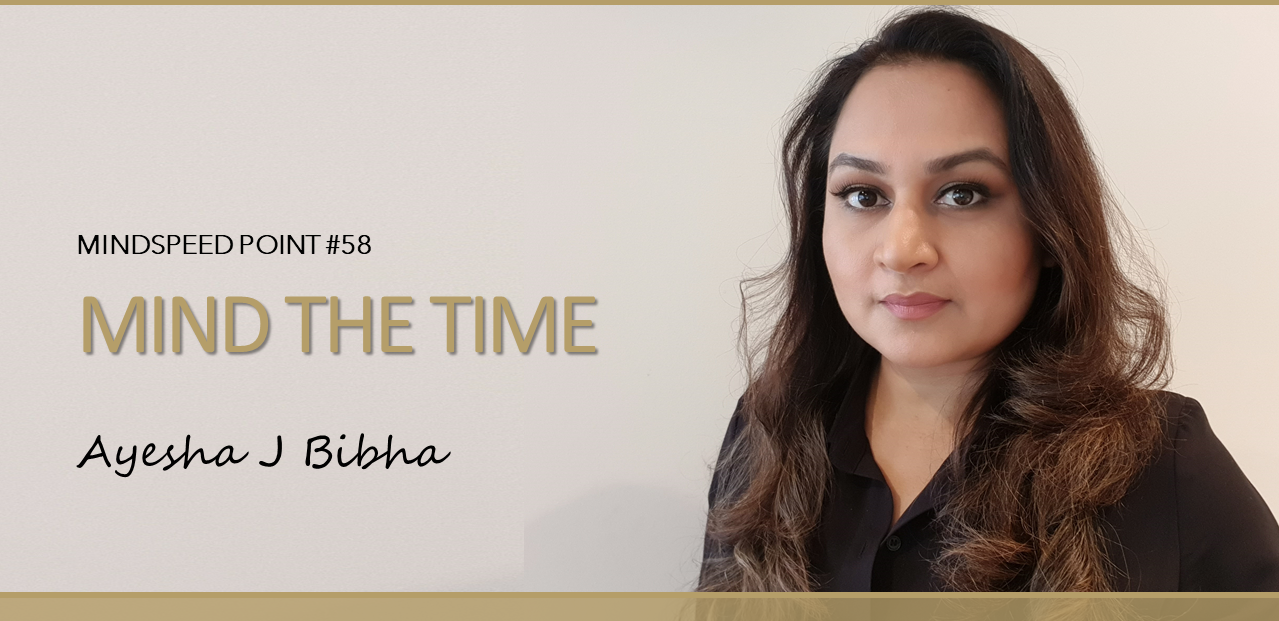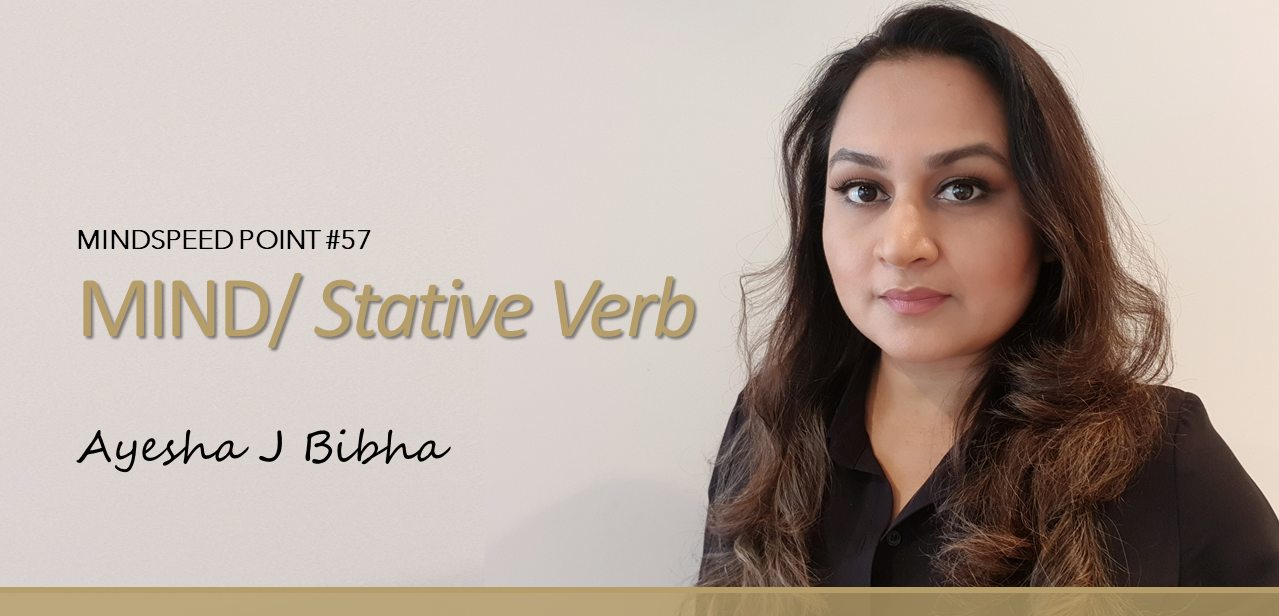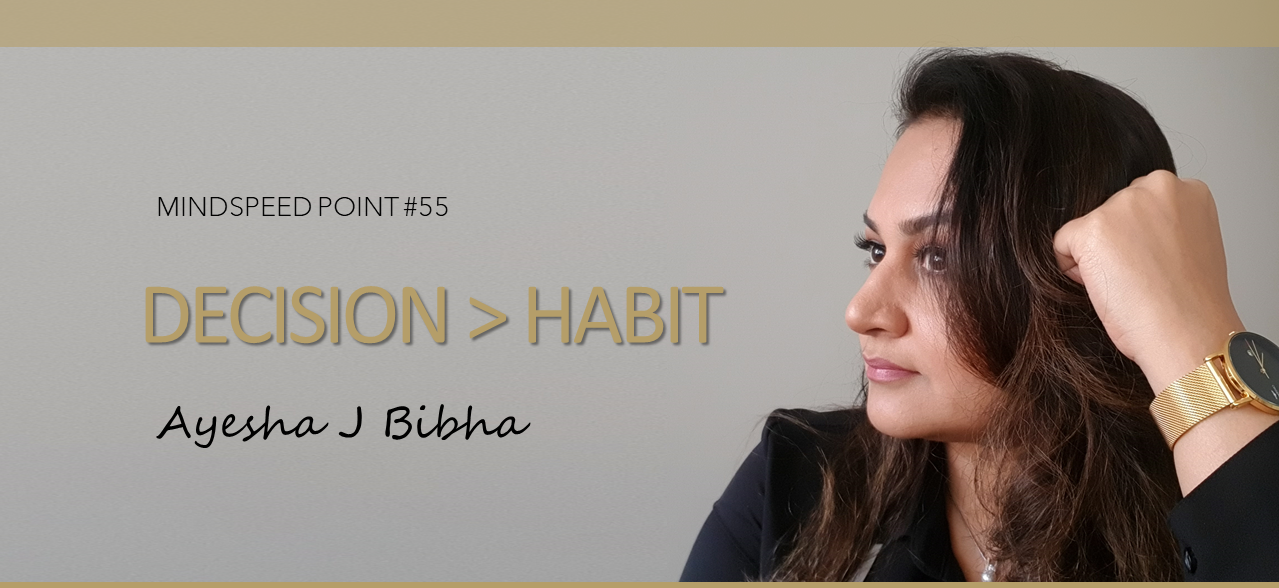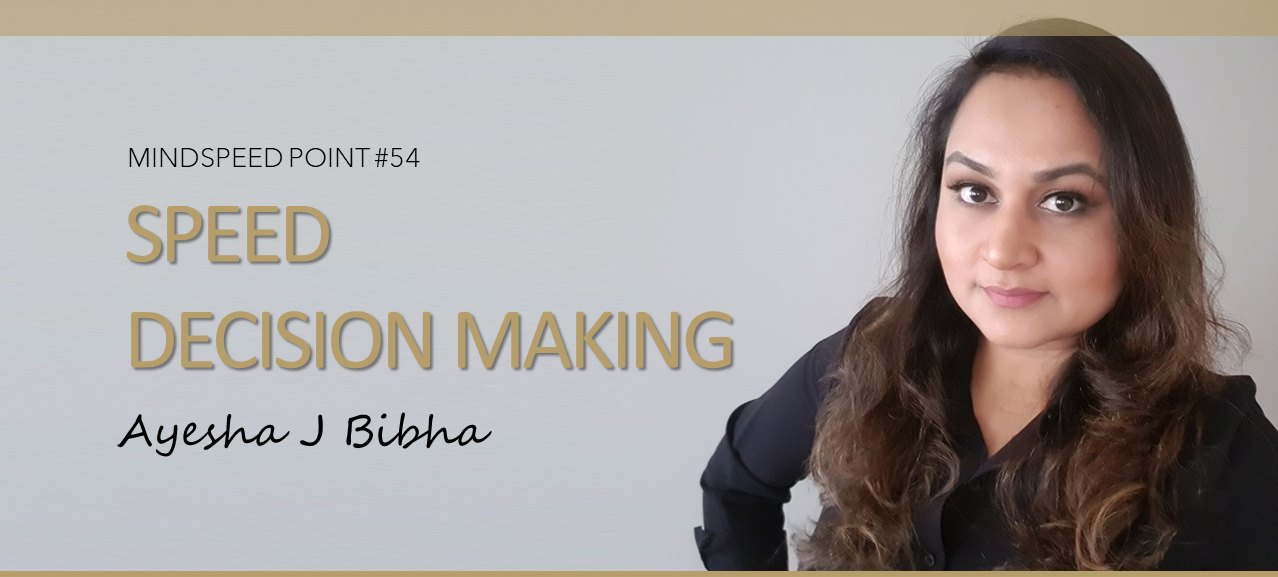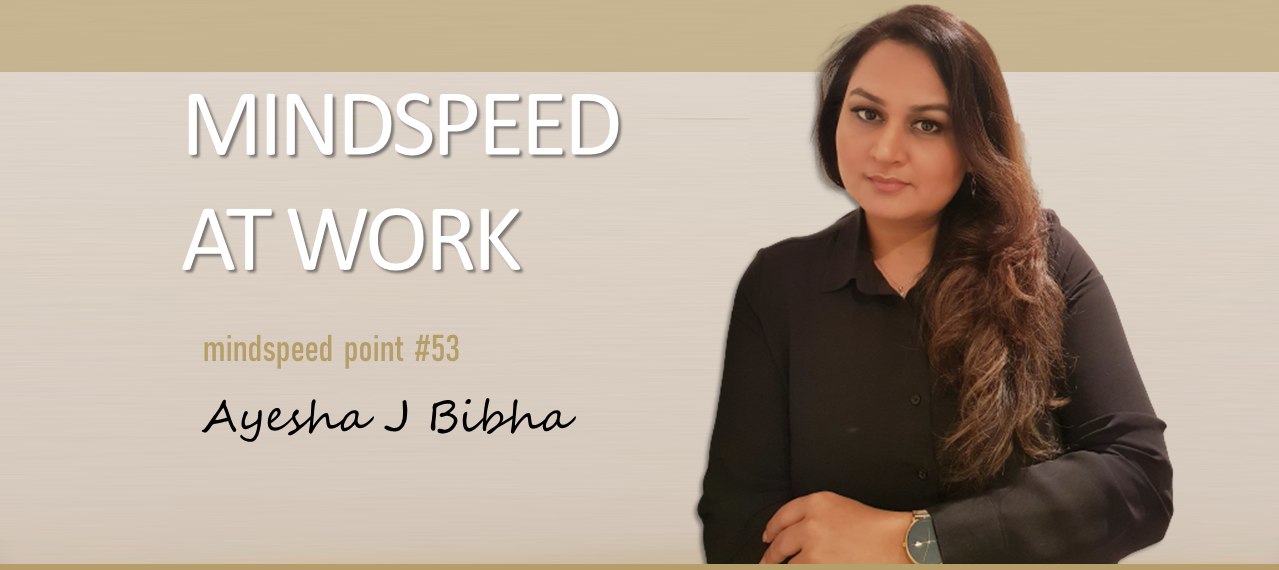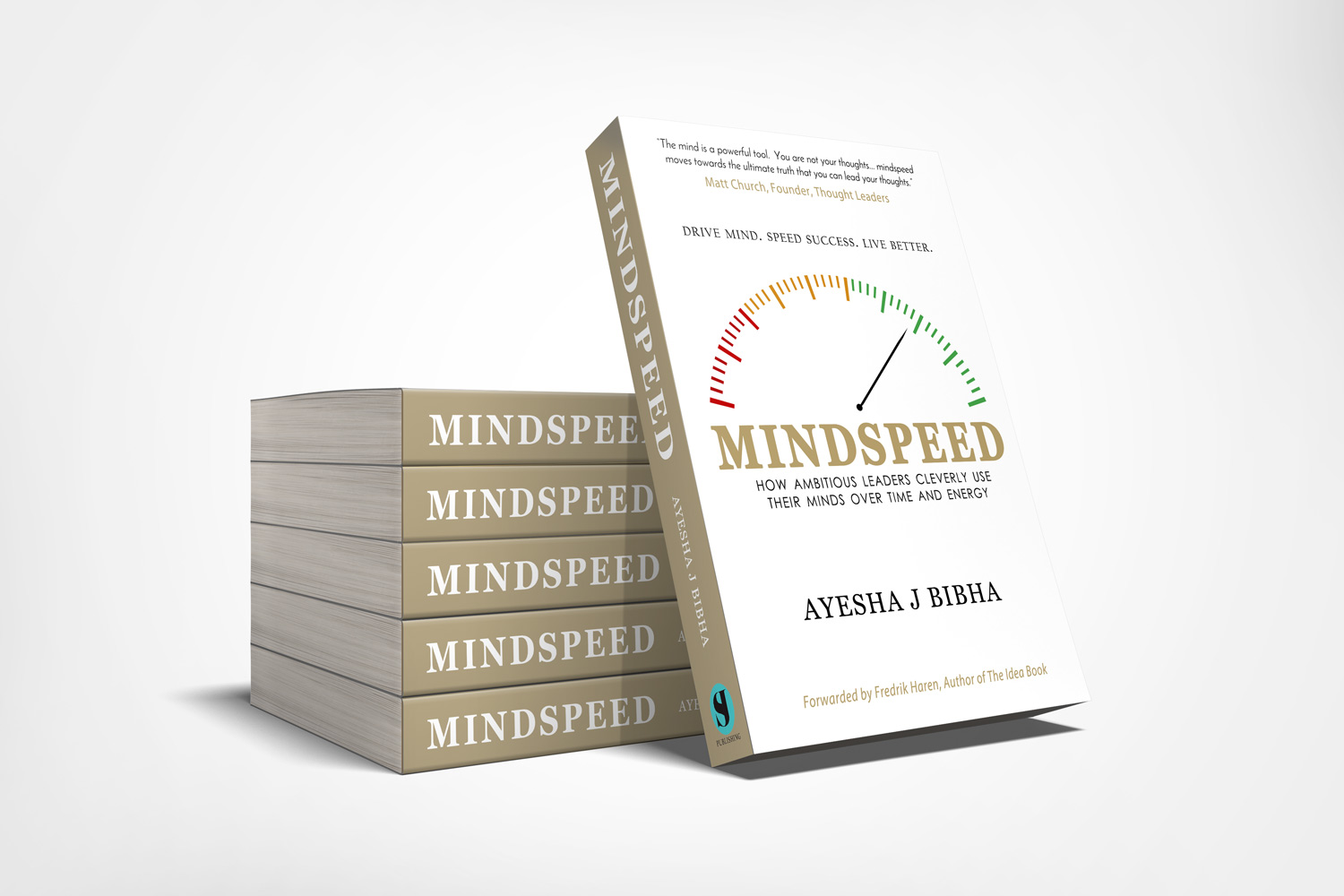One’s mind, once stretched by a new idea, never regains its original dimensions.” Oliver Wendell Holmes Sr.
There is no other quote but this with which I could start writing about the why behind the idea. The most striking aspect of the quote is that it highlights how a great opportunity opens up for our minds whenever we face change or difficult situations. It’s true our mind can be the place where we can get stuck for hours or years after an event of change. On the other hand, we can also drive our minds out of the change with better control and more freedom to travel in many different directions.
The era that we are in today is proudly called the VUCA world[1], which means volatility, uncertainty, complexity and ambiguity. These are the real conditions and situations which keep interrupting our way of thinking; they also result in huge disruptions not only in the way we work but also in the way we live. We can face and solve many of these multifaceted difficult situations in a most simplified manner – by working on our minds.
The leadership ladder
The goal of this book is to help you stretch your mind to become an ambitious leader who climbs the ladder to step up to the next level of your leadership, whether at work or in life. Here we are not separating leadership levels into lower and upper levels. We are making a shift of our focus or attitude to create greater impact and higher results. We are not limited by level here; we are open and collective learners to take the best from the previous level to the next.
The leadership ladder below shows the journey we are taking through this book.

The move of the leader is that they focus on what attitude they carry to climb the ladder to grow their leadership up. They are mindful of the impact of their leadership and its actions to create an extraordinary result. It is a journey of moving out from your comfort zone to reaching your milestone.
Team leaders make things better, motivational leaders walk the talk and success-driven leaders are ambitious to reach new milestones. They multiply their own actions as well as the actions of others.
What type of leader are you today?
A functional leader, managerial leader, or motivational leader?
How good are you with driving your ambition?
Undriven – Dysfunctional
Dysfunctional, focus on small me, a culture of comfort, negative impact, null result
– At the undriven level, a leader feels lost, dysfunctional, and disappointed; they do not see possibilities, they don’t want new changes, and they see change as a big threat to their survival.
– This level has a completely negative impact on life, at the workplace as well as with the people around us.
– They are reactive to their surroundings; they are deeply disappointed and take this disappointment for granted.
– They blame others or bad luck for negative situations.
– At this level, they often become lazy and name it a culture of comfort.
– They start thinking small, hold self-doubt and get dependent on others to act on something.
– Their mind is in a busy loop of thinking the same thing again and again. They feel overwhelmed by thinking a lot, but don’t find a way out and are unable to produce a result.
– They are confused about what they want and tend to continuously compare themselves to others or to past experiences.
– And they also put expectations onto other people but they do not ask or share, rather they expect to be understood, which creates a communication gap and ends with big conflicts.
Process Driven – Functional
Functional, focus on what, meet targets, 1:5 impact, equal results
– At this level leaders accept the process or system that is imposed and defined by the society or organisation.
– They are functional to do the work that is programmed by the family, society or organisation.
– They develop the specific skills to do it right and effectively.
– They are ‘what’ focused and feel happy by doing what is assigned to them.
– They are submissive to the organisational culture or social norms.
– They work hard and are able to meet targets. At this level they can produce a little impact and are able to meet expected results.
– At times they feel stuck or overwhelmed and look for the meaning of their life.
– When they see a person living a successful life and enjoying it, they also feel encouraged and hope to be like them.
Outcome-Driven – Manager
Managerial, focus on how, good to better, 1:25 impact, sum results
– This is the level where leaders enjoy the appreciation of others and are happy to work harder to achieve better outcomes.
– They can manage others on reaching the expected outcomes by explaining or teaching them how.
– They can reach the target, are able to take small challenges to get the job done.
– They believe that hard work pays off.
– They are self-motivated by the future and make comparisons with past results to feel encouraged.
– They can work collectively to produce higher impacts and they measure success by summation value.
– They can make themselves miss out on the present and that leaves them feeling unfulfilled.
– In difficult times, when pushed to meet a deadline or make changes, their mind can become unstable and they struggle to manage the work and their team. They easily get dependent on past experiences, so they seek approval. They have a tendency to prove themselves or avoid taking responsibility to play safe.
People Driven – Motivational
Motivational, focus on why, walk the talk, 1:150 impact, compound results
– This level sees the leader become smarter.
– Here leaders become more people-oriented, engaged, influencing and motivating to achieve compound results.
– They are like a role model to others; they walk the talk.
– They are more successful in keeping the team at the same pace.
– They can encourage people to do better, to learn new skills and to be more supportive.
– Under people-driven leadership, people enjoy working together, they feel connected and like they belong.
– People-oriented leadership sometimes drives the culture of competitiveness, which may become a challenge to developing a collaborative culture among internal teams.
– This leadership can produce collective results but sometimes the scope is hindered by biased competitions.
– And they often measure success by recognition, designation and social status.
Mindspeed Driven – Ambitious
Ambitious, focus on bigger me, reach new milestones, 1:1500 impact, multiply results
– Ambitious leaders are the pro in keeping up with a success-system.
– We stay continuously motivated with new success milestones.
– We consider a long-term game. We do not settle for short-term pleasures.
– This is the level where we are not over-confident, but we are often called ambitious.
– We hold a big vision and creative ways to reach it.
– We have a clear idea of what we want.
– We have a deep level of self-esteem and self-trust. We own what we stand for and can take steps by securing non-negotiables.
– We have the courage to challenge old beliefs, reshape organisational cultures and challenge social norms.
– We are open to trying new ways. We take failures as an advantage of trying different ways.
– In change or adversity, we do feel tired or overwhelmed, but also know how to treat those around us. We do not regret taking downtime or reflection time.
– We are deeply connected to our values and purpose.
– We have the courage to feel new emotions.
– We are aware to own control of our own minds when everything around us tries to drive us crazy.
– We focus on the bigger version of us, who can lead by example, lift others, create more leaders (not followers) and create a win-win culture.
– We are agile, resilient, and insightful.
– We can engage people, help them to improve their emotional awareness and challenge their old mindsets.
– We are purpose-driven over profit-oriented and make sustainable and lasting moves that produce results in cumulative ways.
– We can multiply results with exponential impact.
– We are the leaders who create leaders, shape the culture, and leave a legacy.
– We create ripples in the workplace environment that an organisation can find hard to measure.
Now, this list may not match 100% but it is a guideline for self-evaluation. You may take some reflection time to identify where you need to focus to be the best version of yourself.
Mind your speed and change your gear accordingly.
Onwards,
Ayesha

In this book, I am pointing to the people who are lead thinkers in their workplace, in their own business or in their own life. The key focus of the book is driving change to be the person that you want to become. It is backed by the neuroscience of leadership insights connected to social behaviours in the arena of self-leadership practices. In this ever-changing world, it is essential to stay stable, innovative and mindful with your own thoughts, time and energy. This book will challenge your leadership skills by adding more value to the way you think or act. You will become a more insightful, resilient, and agile leader.
If you would to join my mentoring session, DM or email me to book a discovery session.
[1] First used in 1987 in the leadership theories of Warren Bennis and Burt Nanus
———————————————————————————
Subscribe to my newsletter
Grab a copy of my book
Listen to TED talk


